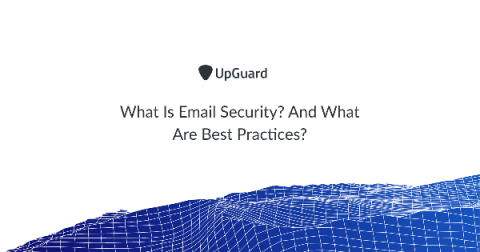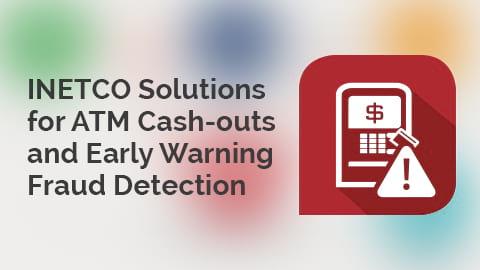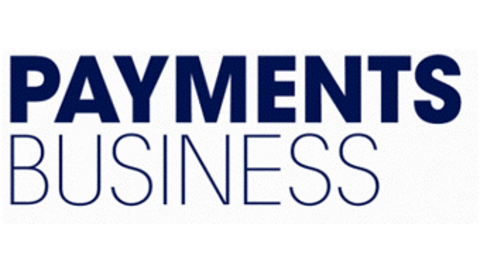New PayPal phishing scam seeks to go beyond login credential information
Up until now, some of PayPal users’ greatest fears in terms of cybersecurity were phishing scams aimed at obtaining their login credentials. In January of this year, PayPal confirmed a high-severity bug affecting the login form, with PayPal security investigator, Alex Birsan, finding a javascript file with what looked like a CSRF token and a session ID – which makes login information vulnerable to attackers.









